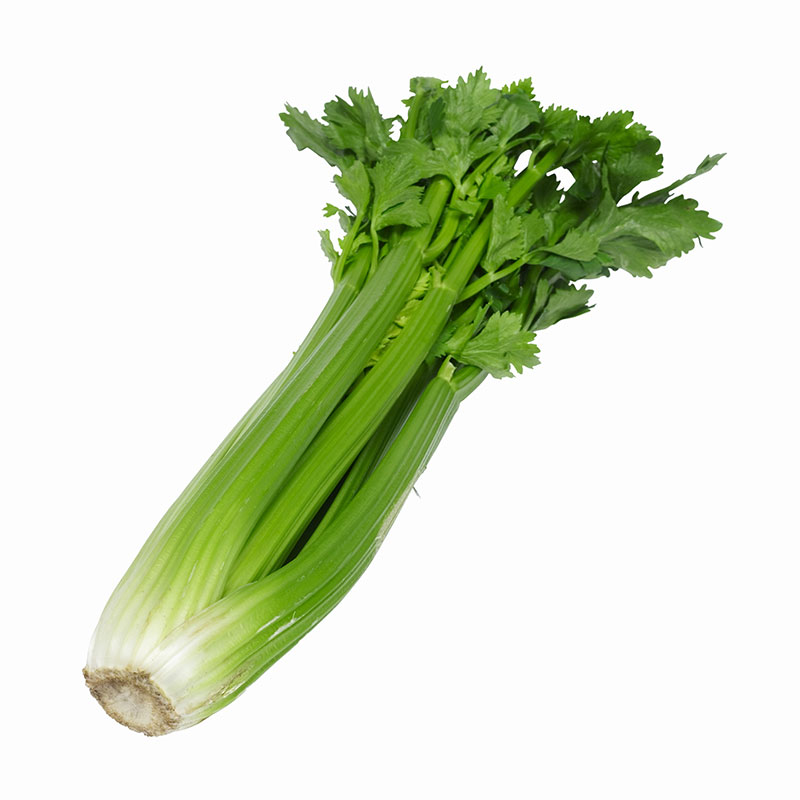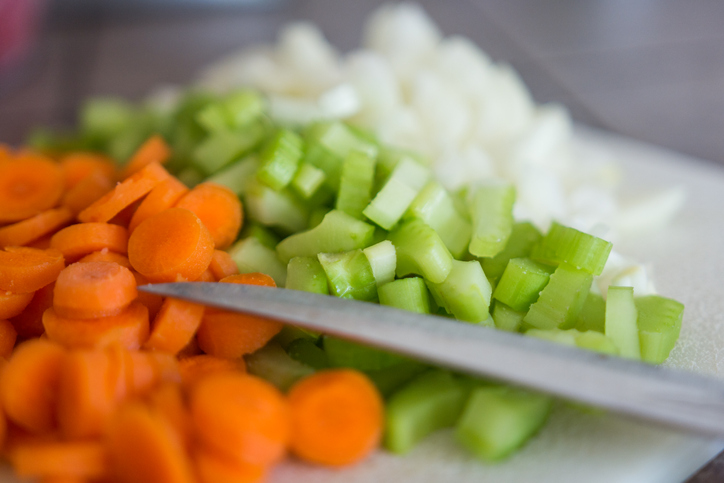Celery

Availability:
Year-round
Availability:
| J | F | M | A | M | J | J | A | S | O | N | D |
Notice:
on demand
Receiving/Storage:
Storage/Handling: Temperature/humidity recommendation for short-term storage of 7 days or less: 33 _36 degrees F. 85-95% relative humidity. Store in coldest part of cooler away from doors and blowers. Avoid cross contamination with other food products such as; fresh meat, poultry, seafood, dairy products, or any fully cooked product. Maintain an active rotation system that adheres to FIFO, or ñfirst inî, first out.î
Use and honor ñuse-byî dates.
Description:
A biennial garden vegetable native to the Mediterranean area and grown for its stalks (also called ribs), leaves, roots and seeds. Celery leaves were originally used for their medicinal properties. The Greeks used celery leaves like bay leaves, to crown victorious athletes, and to whom celery wine was also served. During the Middle Ages an elixir made from celery was consumed to soothe arthritic pain and to aid digestion. The first cultivated form of celery was developed from wild celery in the 16th century. Celery was not consumed cooked until the 18th century. Celery was introduced into the United States in the 19th century.


